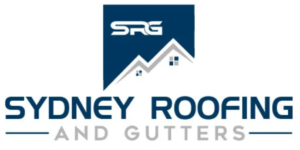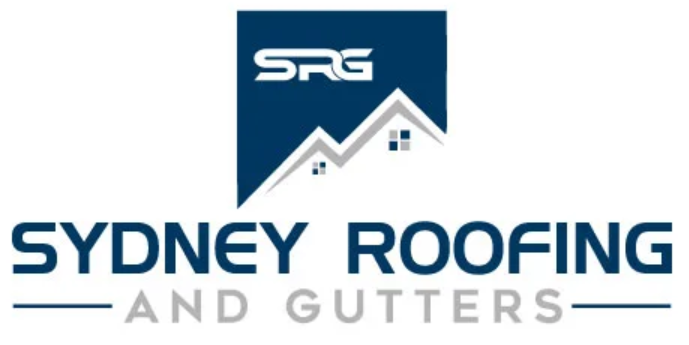8 Roof Design Ideas for Extensions
If you’re planning on extending your home, one of the first things you need to think about is the roof design. Depending on the style of your home and the extension you’re planning, there are a few different options to choose from. In this blog post, we will explore 8 roof design ideas for extensions. From pitched roofs to skylights and more, read on to find out which roof design is right for your home extension.

Gable Roof
A gable roof is one of the most popular roof designs for extensions. It is a simple, yet effective design that can be adapted to suit a variety of extension styles. A gable roof consists of two sloping sides that come together at a ridge, creating a triangular shape. The pitch of the roof can be varied to suit the needs of the extension, and the eaves can be extended to create more headroom inside the extension.
One advantage of a gable roof is that it is easy to construct and does not require a lot of materials. This makes it a cost-effective option for many homeowners. Another advantage is that a gable roof can be adapted to many different styles of extensions. For example, dormer windows can be added to create more light and space inside the extension.
If you are considering adding an extension to your home, then a gable roof may be the right choice for you. It is an affordable and versatile option that can be adapted to suit your specific needs.
Hip Roof
A hip roof, or hipped roof, is a type of roof where all sides slope downwards to the walls, usually with a fairly gentle slope. Hip roofs are very popular in Europe, Asia and South America, and are often seen in traditional architecture. They can also be found in more modern buildings.
Hip roofs have a few advantages over other types of roofs. They are very stable and can resist high winds better than gabled roofs. They are also good at shedding snow and ice, which can be a problem with gabled roofs in cold climates. Hip roofs also tend to look more pleasing to the eye than gabled roofs, which can look a bit boxy.
There are a few disadvantages to hip roofs as well. They can be more expensive to build than gabled roofs because all the rafters need to be the same length. And they can be harder to ventilate properly, since the air needs to flow up and over the hips instead of just through the eaves. But overall, hip roofs are an excellent choice for many homes and businesses.
Shed roof
Many different types of roofs can be used for extensions, but one of the most popular and effective is the shed roof. A shed roof is a single-sloped roof that is often used on smaller structures like sheds and porches. But it can also be used on larger structures, like extensions.
Shed roofs are popular because they are relatively simple to build and they are very effective at shedding water and snow. They are also relatively inexpensive compared to other types of roofs.
If you are considering a shed roof for your extension, there are a few things you should keep in mind. First, you need to make sure that the pitch (slope) of the roof is appropriate for the climate you live in. In general, steeper pitches are better for areas with heavy snowfall, while shallower pitches are better for areas with light snowfall or no snowfall at all.
Second, you need to make sure that the roof will be able to support the weight of any potential snowfall. This is especially important if you live in an area with heavy snowfall. Third, you need to make sure that the eaves (edges) of the roof are properly trimmed and sealed so that water does not seep in and cause damage.
Shed roofs can be a great option for extensions, but it is important to keep these things in mind before making your final decision.
Dormer roof
Dormer roofs are a popular choice for extensions as they can add extra space and light to a property. There are many different types of dormer roofs available, so it is important to choose the one that best suits your needs.
One of the most important things to consider when choosing a dormer roof is the amount of headroom that you require. If you are planning on using the space for storage then you will need to make sure that there is enough headroom to allow for this.
Another thing to consider is the type of materials that you want to use for your dormer roof. There are many different options available including timber, slate and metal. Each material has its advantages and disadvantages so it is important to choose the one that is right for you.
Timber dormer roofs are a popular choice as they are relatively easy to construct and provide a natural look. However, they do require more maintenance than other types of roofs and can be susceptible to rot and insect damage.
Slate dormer roofs are very durable and offer a unique look, but they can be difficult to install and repair.
Metal dormer roofs are becoming increasingly popular as they are low maintenance and offer a modern look. However, they can be prone to corrosion if not properly maintained.
Mansard Roof
Mansard roofs are a type of hipped roof, with each sloping face consisting of two parts. The lower part has a steeper slope, while the upper part has a shallower slope. This design is often used on extension projects as it can maximise the internal head height of the new space, while also providing good levels of external eaves protection.
Butterfly Roof
A butterfly roof is a type of roof that gets its name from its shape. This type of roof is made up of two parts that slope downwards towards the centre and come together at a ridge, creating a V-shape. Butterfly roofs are often used on extension projects as they can add extra height to the property and create an interesting visual effect.
Saw-tooth Roof
A saw-tooth roof is a type of roof that has a series of ridges and valleys that resemble the teeth of a saw. This type of roof is often used on industrial buildings and warehouses because it is very effective at shedding snow and rain. Saw-tooth roofs can also be used on residential buildings, but they are not as common.
Green Roof
Green roofs are a great way to add an extra layer of insulation to your home and can even help to reduce your energy bills. They are also good for the environment as they help to absorb rainwater and reduce pollution.



